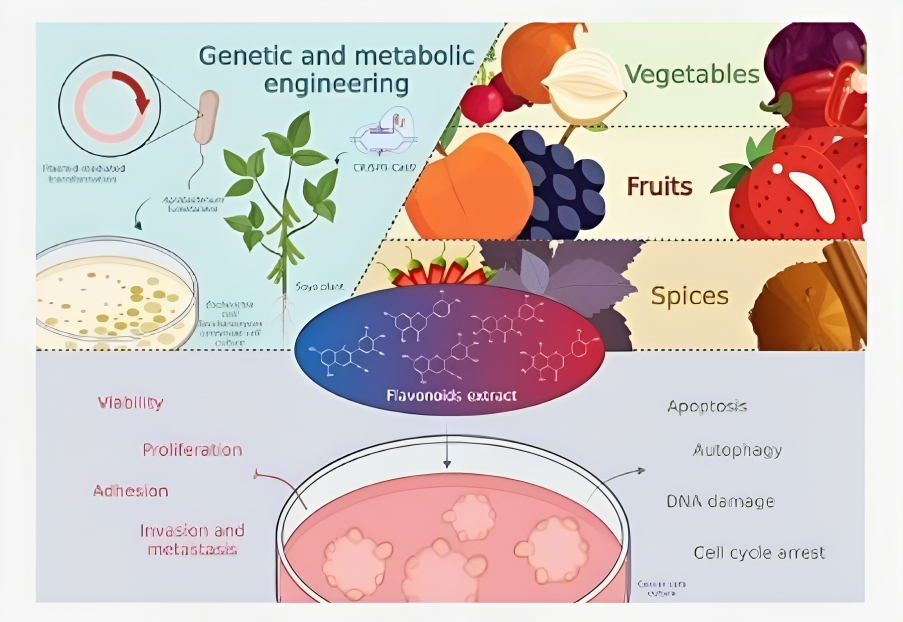Biological Activities of Polyphenols
Molecular mechanics plays a crucial role in the determination of the antioxidant ability of naturally occurring and plant-derived biomolecules. Day by day the utilization of the molecular mechanics approach gaining momentum and novel techniques are evolving then and there for the effective analysis of anti-radical characteristics of plant-derived secondary metabolites. Safe reaction is a kind of reaction of the human body that is capable of adjusting by itself due to changing environments. This kind of reaction is initiated by a free radical (an unpaired electron) which is capable of involving many physiological sequences leading to a response of the immune system and effective communication between the macro and micro cells in the human body. At the same instant, the unrestrained gathering of such free radicals leads to undesired serious causes which generate life-threatening diseases such as lump development, atherosclerosis, diabetic mellitus, heart diseases, Parkinson’s diseases, Alzheimer’s diseases, etc.
Radical scavenger and types
Even though a free radical can stimulate inter and intra-cellular communications effectively it will interact adversely with micro and macro molecules and hence there should be a mechanism that controls the gathering of a greater magnitude of free radicals. In this part, the plant-derived secondary metabolites come into action which control the gathering of free radicals at a particular site and prevent the body from any further damage. This action of secondary metabolites is termed as antioxidants. These molecules are dissimilar in nature and have the capacity to suppress the adverse effect of oxidative stress. Antioxidants can react with free radicals and reduce the oxidative pressure in cells through three distinct ways.
- The first kind of reaction involves the generation of species which are having a high degree of stability and less harm to cells by breaking the chain reaction thereby oxidation of macro and micro molecules is prohibited.
- The next type is termed as metal chelators especially copper and iron metals in combination with a biomolecule produce the Fenton reaction which regulates the enzymes that are the leading cause for either oxidative damage or generation of radicals.
- The last type has the ability to relax the damage produced by oxidative damage or in other words, it has the ability to boost the immune system. Ultraviolet rays grasping ability as well as reproducing radical scavengers are included in this group[1].
Occurrence and roles
Plant’s endurance necessary bio-activity, and phytochemical elements are outstandingly indispensable. It not only facilitates growth, but also acts as a shield against fungi, bacteria, and other microorganisms. In addition to that ability to normalize and switch fertilisation. These compounds are synthesized by plants and in one or another way all the parts of the plant/tree (stem, bark, root, leaves, fruits, etc.) contain some quantity of phytochemicals.
These phytochemicals act as radical scavengers that suppress the propagation of free radicals and the ability to neutralize these harmful entities. Thus phytochemicals not only protect the body against diseases but also aid the enhancement of the immune system. There are ten kinds of phytochemicals existing among them the notable is flavonoids, isoflavonoids andanthocyanidins [2].
Phenolics
The composition of the term phenolics consists of roughly eighty hundred complexes which are produced naturally. They have a ring structure that is fragrant with the presence of a minimum of a hydroxyl group as a substituent. Further based on the scores of subunits of phenol, they are categorized as simple phenols and polyphenols. Phenolic acids are an example of the simplest form of phenol whereas two phenol units lead to the formation of flavonoids and stilbenes. Instead, if a complex contains three or more subunits of the phenolic group then referred to as tannins.
Chalcones belong to the subgroup of flavonoid clans referred to quite often as flavonoids with uncluttered sequences. A keto-ethylenic assembly contains two rings of phenyl units on either side leading to the chalcone skeleton. These biomolecules are capable of performing a wide variety of biological activities among them notable ones are anti-angiogenic,anti-osteogenic, anti-cancer, antioxidant,anti-bacterial, neuroprotective,anti-parasitic, anti-inflammatory, anti-arthritic, and anti-diabetic. Further, the electrons in the pi conjugation delocalization and substituent effect lead to non-linear optical properties which is the significant character of chalcones. Derivatives of chalcones and chalcones exhibit significant antioxidant activity due to the presence of methoxy and phenolic groups. The antioxidant activity is accomplished through plenty of reaction pathways[3].
Source
- https://www.cambridge.org/core/services/aop-cambridge-core/content/view/C0E91D3851345CEF4746B10406908F52 /S2048679016000410a.pdf/flavonoids-an-overview.pdf
- https://www.hindawi.com/journals/tswj/2013/162750/
- https://pharmrev.aspetjournals.org/content/52/4/673
- https://www.webmd.com/diet/foods-high-in-polyphenols#:~:text=Polyphenols%20are%20 micronutrients%20that%20naturally,quercetin%20and %20catechins%20in%20fruits
- https://lpi.oregonstate.edu/mic/dietary-factors/phytochemicals#:~:text= Phytochemicals%20can%20be%20defined%2C%20in, but%20are%20not%20essential%20nutrients.

